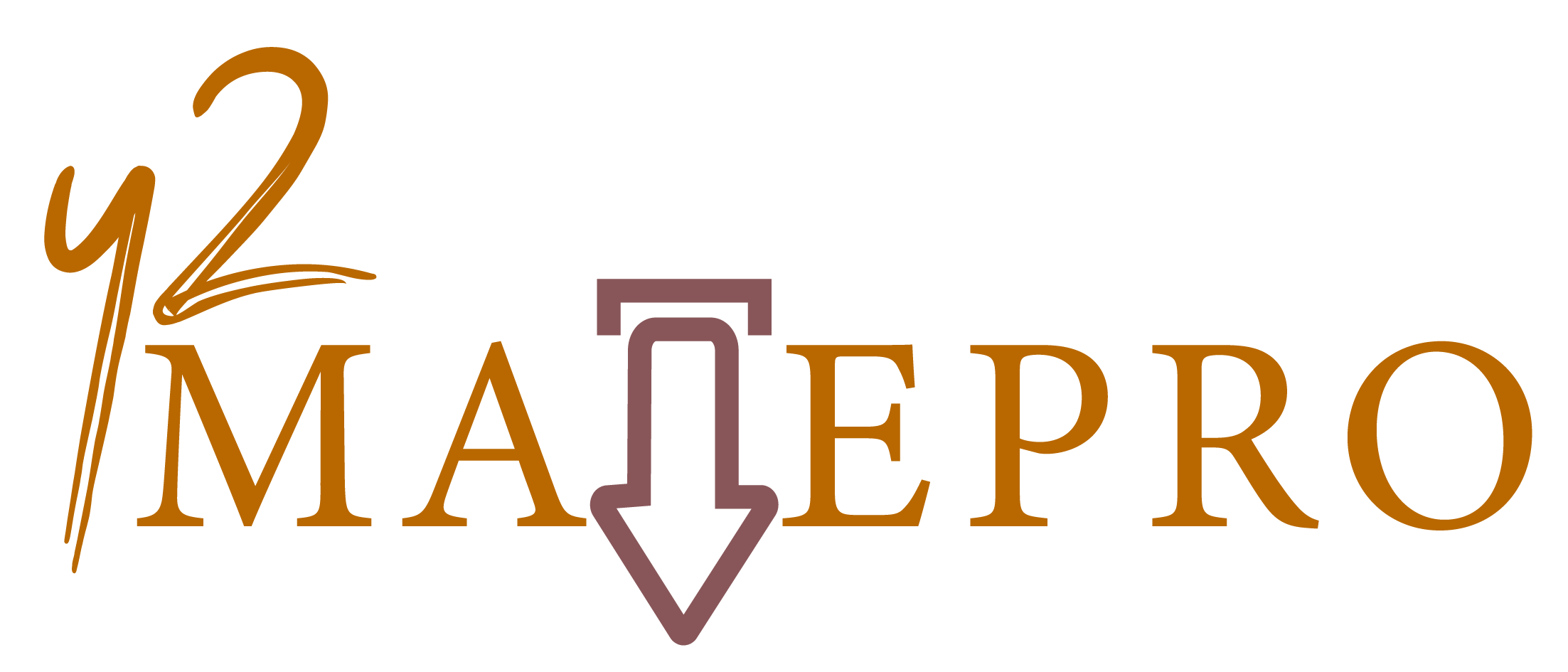Web design and SEO are more tightly related than you might assume. Good web design helps SEO. Using both together is the best approach to increase visibility, traffic, and conversions.
Syncing web design and SEO
While a stunning website design is crucial, web design Nashville should also consider how the design will affect SEO.
Here are seven key design elements for SEO.
Mobile Optimization
Mobile devices now outnumber desktop machines in web usage. So you need a mobile-friendly website. Mobile-friendly sites improve user experience.
Google understands the value of mobile optimization and has made it a ranking factor. So not only will your site be more fun to use, but it will also rank higher in the search results.
Site speed
Slow website loading is one of the leading causes of high bounce rates. It only takes a few seconds for a slow website to lose a visitor.
Minimizing picture file size, removing extraneous widgets, and embedding files are effective ways to keep your site light Yt5s.
It’s not only a good design, but it’s also a ranking element in Google’s algorithm. Due to slow page load times, Google can’t crawl as many pages on your site, resulting in fewer pages indexed.
Reading Ease
How easy is it to read your website’s content? Confusion, big word blocks, and disorganized color palettes turn off readers.
Small paragraphs, clear fonts, and simple layouts improve user experience and encourage users to stay longer on your website.
Consider making your website more accessible to disabled visitors. Including alt tags for every image can help screen readers understand the image’s meaning.
Making your site understandable and accessible takes time and effort, but the results are worth the effort. Readability improves site rankings.
Navigation
Your website’s navigation helps visitors find what they’re looking for. An intelligent web designer can develop logical navigation on a two-page or two-hundred-page website.
A sitemap can help in navigation. It’s a map of your website’s pages and their relationships. Sitemaps are helpful for users and SEO.
Sitemaps can assist search engine crawlers in better indexing your website. They inform your website which pages are vital. Also, they contain meta-data about your pages that can help them rank higher.
Detailed links
When linking to other pages, it’s best to use a term or phrase that specifies where the link will take you.
Speaking to our web design firm about improving your SEO is preferable to “Click here to speak to our web design agency.”
This type of linking allows people to examine your material for links. It helps SEO.
The text attached the link in the “anchor text” in SEO. Your anchor text determines your page’s topic. You’re more likely to rank for specific terms if many sources think your page is relevant.
Tables & list
Tables and lists help improve readability on websites. They help readers digest information faster and break up text walls. A content table or list may also help you rank for featured snippets on Google. Featured snippets are small pieces of information displayed at the top of search results.
Images
Your website must have high-quality visuals. A great way to communicate your brand message while increasing engagement and keeping visitors on your website.
Images on your website should be carefully chosen to fit your SEO strategy. Unoptimized images might slow down your site, affecting rankings.
Optimize picture file names, alt-tags, and captions. Since search engines can’t read photos, they utilize these variables to index your image.
Image search is on the rise; thus, optimizing photos for both on-page and SEO is critical.
Conclusions
Whether you’re building your first website or seeking to improve your SEO, it’s critical to consider web design and SEO together.
Separating the two can lead to costly mistakes, but employing them together can improve search engine rankings and enhance website conversions.


